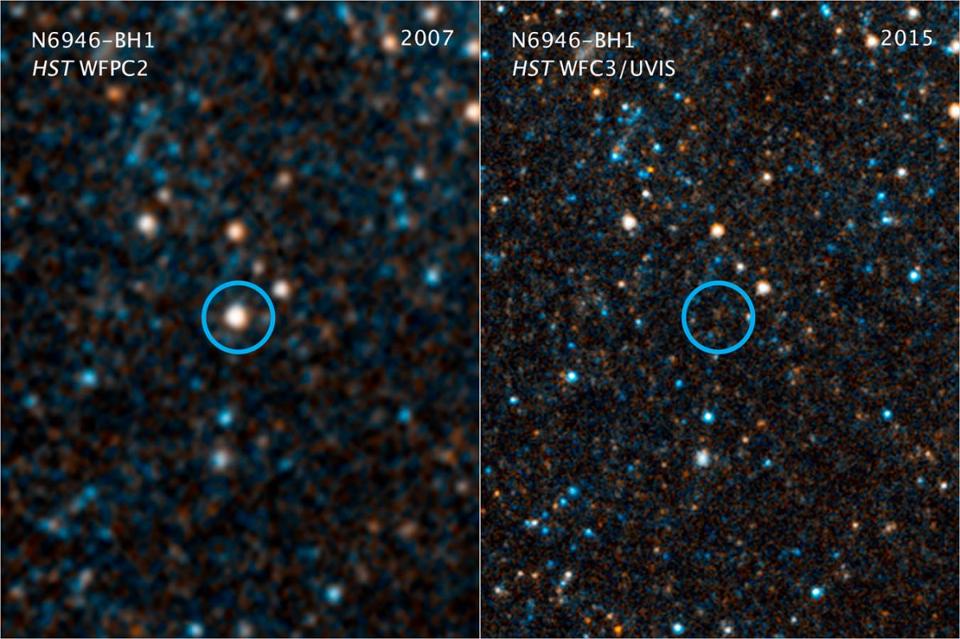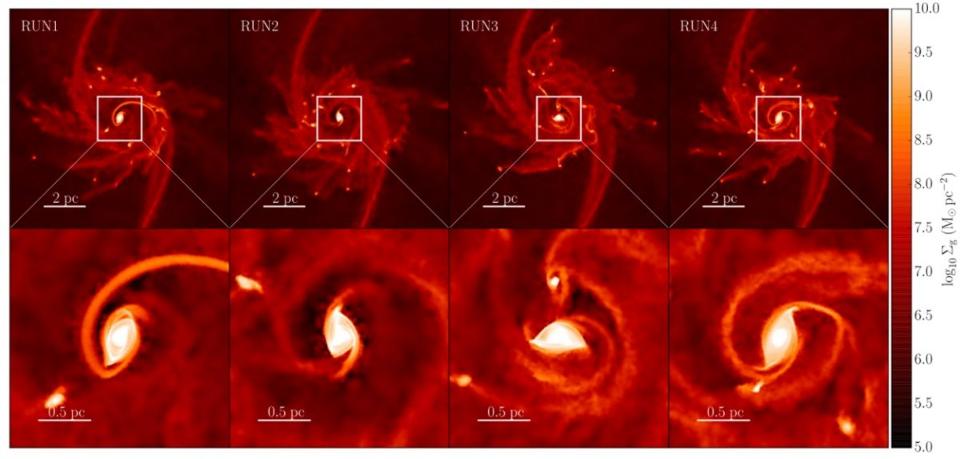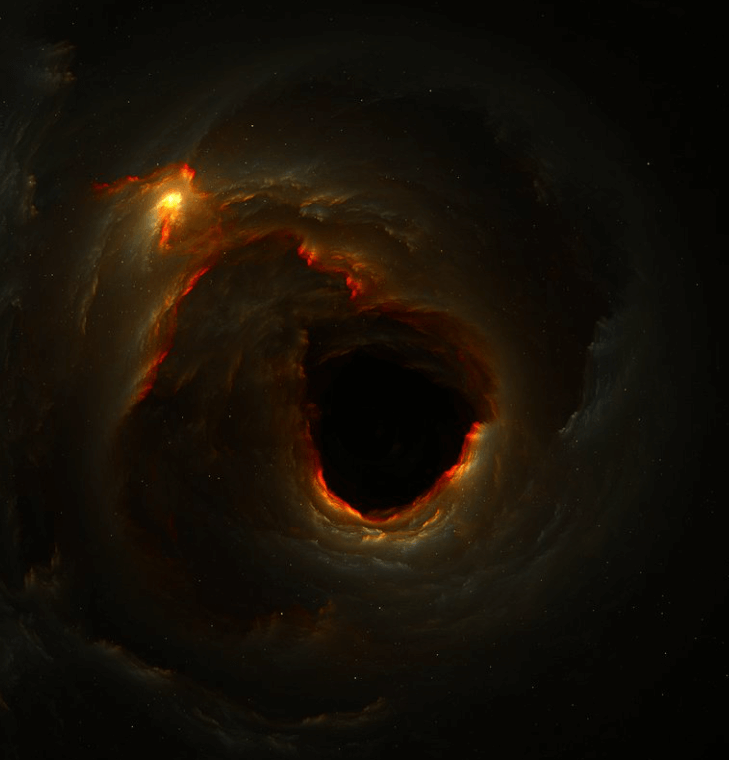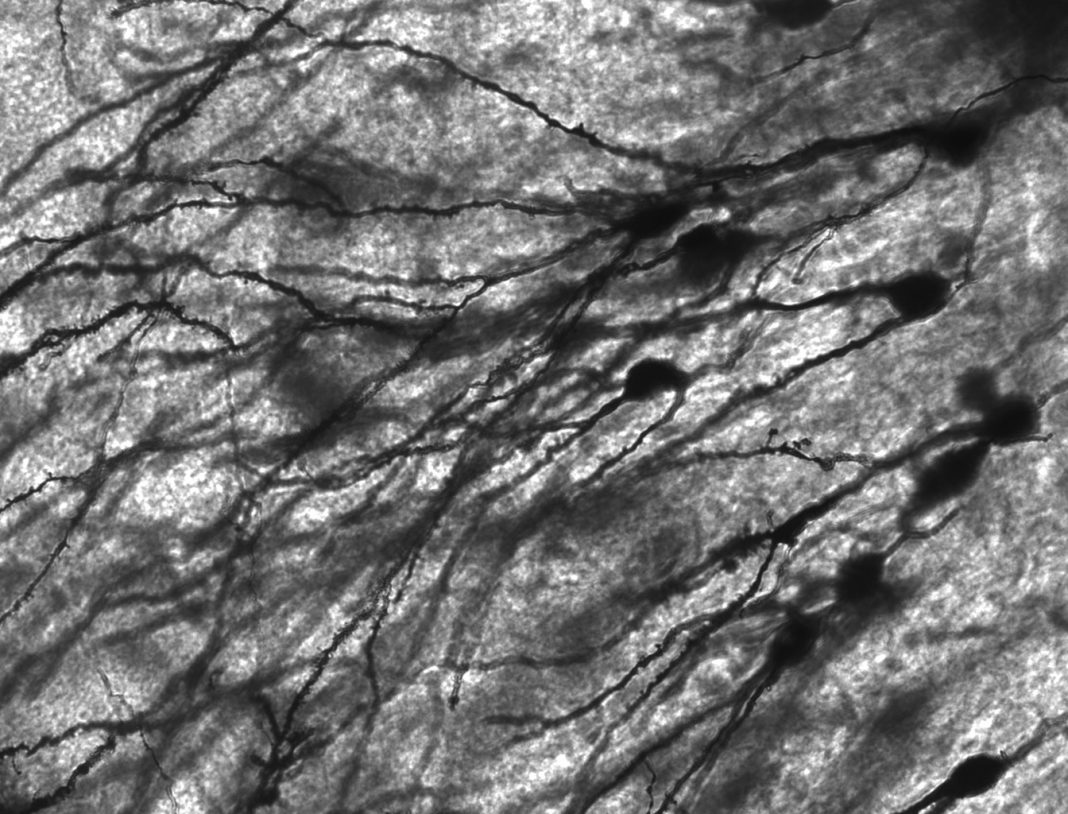After a huge star burns up its combustible materials, it caves in on its self. Then the new supernova, a Type II, creates a black hole. The smaller supernovae, ones not immense enough to immediately produce a black hole, become, instead, a neutron star. If these neutron stars accumulate additional matter or smash into a similar star, only then does the black hole form.


Either way, these methods of black hole formation distribute resources through the galaxies. The supernovae disperse heavy elementals like phosphorous, sulfur, or silicon and iron, while the neutron star crashes make uranium, mercury, lead, and gold.
Now, theoretically, there is another way to form a black hole: direct collapse. When a gas cloud gets large enough, it should collapses due to its own gravity directly producing a black hole, unaided by another star. A leading theory in the field, it is meant to explain how, even in the early period of the universe, immense black holes begin.
With such a type of collapse capable, one should be able to observe certain stars vanish from the sky with no evidence of an explosion. Recently, a scientist noted a 25 solar mass star simply vanish. So far, the only reasonable explanation is the direct collapse of the star. Astronomers reason that up to 30% of stars could collapse into black holes in this manner, a theory finally substantiated by this latest discovery.
More News to Read











